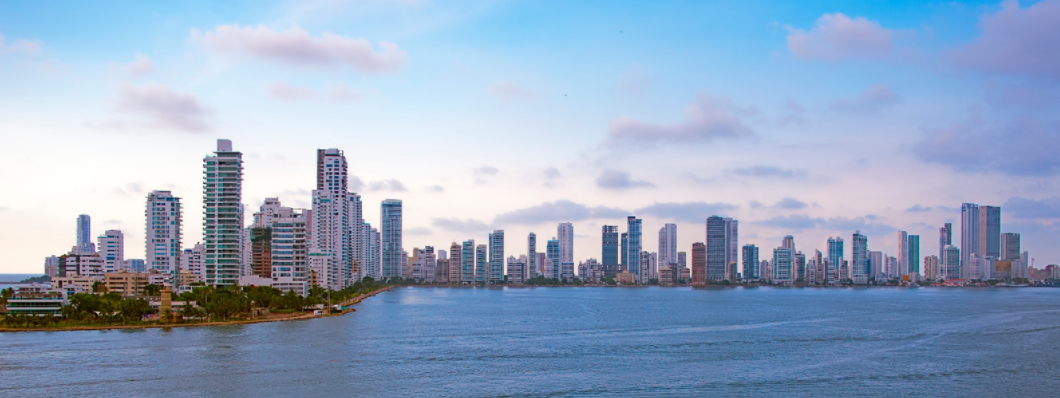
The coalition primaries revealed Petro’s strength and the political center’s weakness
Sunday’s congressional elections and coalition primaries yielded mixed results for the future of Colombia’s business environment. As expected, Colombia’s congressional makeup will remain fragmented, with a series of traditional and centrist parties maintaining a majority presence in both chambers, substantially limiting the ability of the next president to implement radical reforms. However, the dramatic underperformance of the centrist coalition of presidential candidates reveals a balance shift that favors the electoral prospects of leftist populist Gustavo Petro. Clients should adjust scenario planning to center on a Petro victory as the most likely outcome in Colombia’s elections, with disruptions to the business environment limited substantially, though not fully, by institutional checks and balances. Increased instability for the government’s finances and the Colombian peso, as well as reduced investment appetite are among the most likely and immediate consequences of a Petro victory.
Overview
On March 13, Colombian voters went to the polls to elect a new Congress and participate in one of three presidential primaries held by Colombia’s left, right, and centrist coalitions. The leftist coalition, Pacto Histórico, unsurprisingly elected populist Gustavo Petro by a wide margin of over 80% and with high voter participation, while Centro Esperanza (center) and Equipo por Colombia (right), elected Sergio Fajardo and Federico Gutiérrez, respectively. Over 5.5 million voters participated in the Pacto Histórico primary, while approximately 3.8 million participated in the Equipo por Colombia primary. Centro Esperanza saw the lowest levels of participation with 2.2 million votes, electing Fajardo with fewer than 750,000 votes, putting him behind Pacto Histórico’s second-place candidate. Congressional elections resulted in fragmented compositions for both the Senate and Chamber of Representatives. Traditional and moderate parties, such as the Liberals, Conservatives, and the ruling Centro Democrático party, maintain a substantial majority over the far left, represented primarily by Pacto Histórico.
Our View
Voter participation in coalition primaries is an imperfect but important gauge for voter support and enthusiasm in the presidential election. The high vote count for Petro and Pacto Histórico is notable, but the shockingly low level of voter support for the center-left coalition and Sergio Fajardo strongly indicates that the 2022 presidential election will be a left-right showdown, which leftist Gustavo Petro is more likely to win. With Sunday’s results, Petro’s victory in the presidential election now becomes our base-case scenario, with negative implications for forecasted GDP growth and the value of the peso. However, Colombia’s Congress and courts will effectively end the most radical aspects of Gustavo Petro’s policy agenda before they begin. A victory by Fajardo or Gutiérrez now becomes our less likely upside scenario.
At FrontierView, our mission is to help our clients grow and win in their most important markets. We are excited to share that FiscalNote, a leading technology provider of global policy and market intelligence has acquired FrontierView. We will continue to cover issues and topics driving growth in your business, while fully leveraging FiscalNote’s portfolio within the global risk, ESG, and geopolitical advisory product suite.
Subscribe to our weekly newsletter The Lens published by our Global Economics and Scenarios team which highlights high-impact developments and trends for business professionals. For full access to our offerings, start your free trial today and download our complimentary mobile app, available on iOS and Android.

